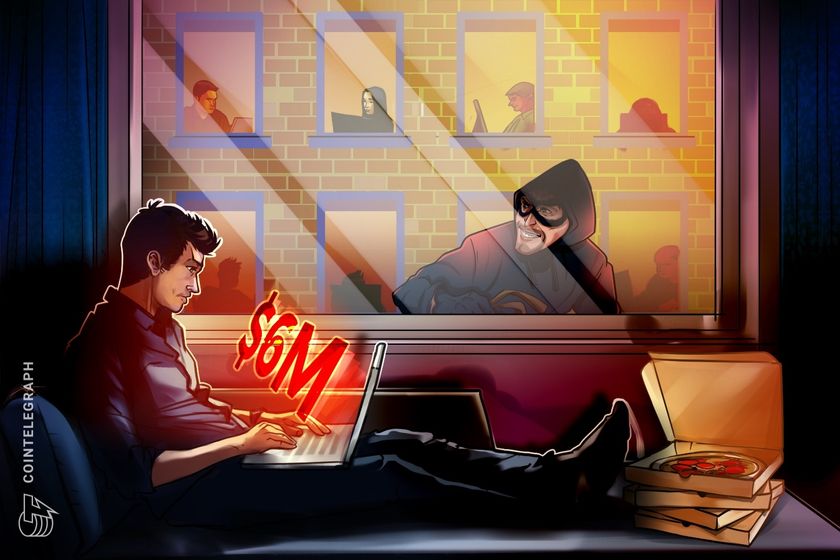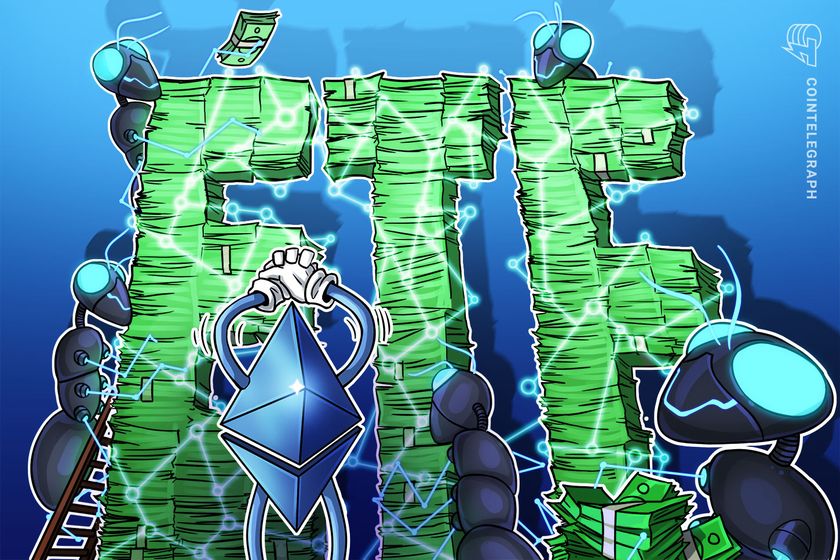Can DeFi and CeFi coexist? Three takeaways from experts panel

Education, transparency and access were the key themes discussed by experts from across the crypto industry during a debate on whether CeFi and DeFi can coexist.
As price action bewilders market makers and traders, experts in the crypto industry reached an agreement on several important points last week. Notably, centralized finance (CeFi) and decentralized finance (DeFi), can coexist, and a “blend” of financial products and services will be available to users in the future.
On Jan. 21, Cointelegraph moderated the panel discussion, “Can CeFi and DeFi Coexist?” for the Global Blockchain Business Council. In the video, panelists hash out questions related to adoption, banking the unbanked, and whether innovation means disruption of traditional financial services.
Salient points included the need for greater education and transparency in the cryptocurrency space, while financial inclusion could be reached thanks to smooth onboarding techniques and clear-cut regulation. Popular blockchains like Solana and the Bitcoin Lightning Network cropped up as well as DeFi protocols including Uniswap.
In terms of education, Mary Beth Buchanan, president, Americas and chief legal officer at crypto risk and intellegence fMerkle Science, commented:
“A lot of people are not being served in traditional finance. The winner in the disruption race will be the project that has the ability to reach those in the community who are not currently accessing DeFi, and there has to be education.”
Ambre Soubiran, CEO of digital asset data provider Kaiko, agreed that the solution to broadening DeFi’s reach is through “education, onboarding, and knowing the risks. People want the easy ability to reset a password as opposed to remembering 24 words.”
Daniel Peled, founder and president of public blockchain Orbs, is passionate about bringing financial inclusion to “the two billion people around the world,” but “the industry is early.” He echoed Soubiran’s point that “many people don’t have access to DeFi applications; the products are complicated and tech-heavy. People still don’t know how to secure their funds securely.”
However, for Peled, it is more than just educating people, it’s about providing a level-playing field on which everyone follows the same rules:
“There is huge quantitive easing and 70% of all the money in the world has been printed in the past two years. The young don’t hold existing scarce assets such as real estate, equity, or gold; and they are not accredited investors who can get in on opportunities at the early stage. They (the young) are the ones adopting DeFi because they see the opportunities compared to other alternatives.”
Ultimately, the creation of Bitcoin (BTC) sought to remedy such issues. As the first successful separation of money from the state, it possesses a clear issuance rate that renders the monetary network more transparent and equal for participants.
Michael Moro, CEO of digital currency broker Genesis Global, shared Peled’s view on demographics:
“The folks in the west are the most engaged into various DeFi protocols. The user interface and experience isn’t great as you have to be fairly tech savvy to be able to engage directly with Defi today. It generally needs to become a lot easier for folks to engage.”
Ultimately, the panel eventually agreed that a combination of education and onboarding will pave the way for greater financial inclusion.
Related: DeFi vs. CeFi: Comparing decentralized to centralized finance
Regulation is high on the agenda in 2022. But it should ignite more growth in the space, because “as long as the on ramps and off ramps are regulated, then there will be a lot more freedom,” Moro continued.”
Soubiran shared a similar view regarding onramps: “There is an opportunity for the existing institutions to leverage blockchain technology and the underlying infrastructure in order to provide the same services they are providing today.”
As for the future of the DeFi and CeFi space, Nicolas Bertrand, former head of derivatives markets and commodities at Borsa Italiana had the last word. When asked whether the level of innovation could disrupt traditional cefi services, he replied, “Definitely.” He went on to say, “what happened to the telegraph after the advent of computers?”









